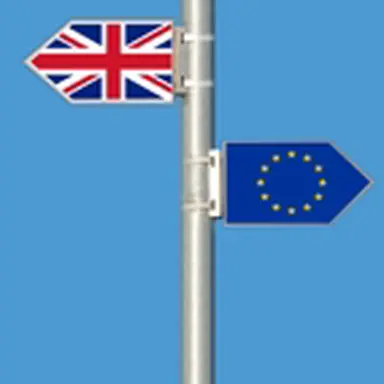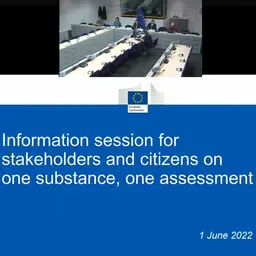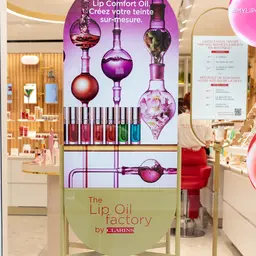
The exit of the United Kingdom from the European Union, scheduled for May 29, 2019, counts among the hottest topical issues. Other than its political scope, Brexit will also impact the cosmetics industry. At the Perfumes & Cosmetics congress held in Chartres, France, on November 15-16, 2017, Emma Trogen (Cosmetics Europe’s Legal Affairs Director) and Olivia Santoni (CTPA’s Director of Regulatory and International Services) provided an overview of what the cosmetics industry is about to get through.
Before we get into more depth, Emma Trogen explained that in 2016, ‘the trade balance between the United Kingdom and Europe was balanced. There were as many imports as exports, in both directions, so it is fundamental to negotiate the exit satisfactorily and find viable alternatives for companies.’
Overall, the grey areas concern the EU financing, the free movement of persons and goods, and the participation in the European institutions.
From a cosmetics standpoint, the main issues result from the general questions around Brexit and have to do with clearance procedures: what application of the Cosmetics Regulation (Responsible Person, labelling, notification to the CPNP, PIF…), and other regulations (REACH, CLP, among others…), as well as the future of European agencies and institutions (ECHA, European Court of Justice).
To best introduce the challenges specific to the cosmetics industry, Olivia Santoni explained it is important to be familiar with the political context around Brexit.
After analysing some of the guidance documents and speeches of UK’s Prime Minister Theresa May, she found recurring themes emerging, which announce the turn the divorce between the UK and Europe will take:
• Return to sovereignty: it means the UK will regain control over its legislation and …













